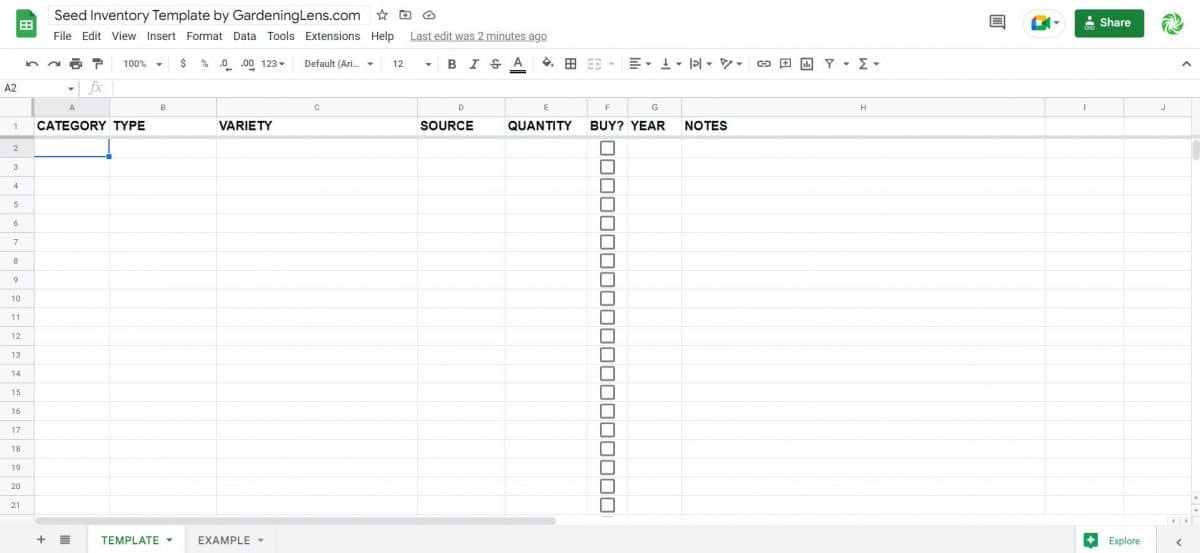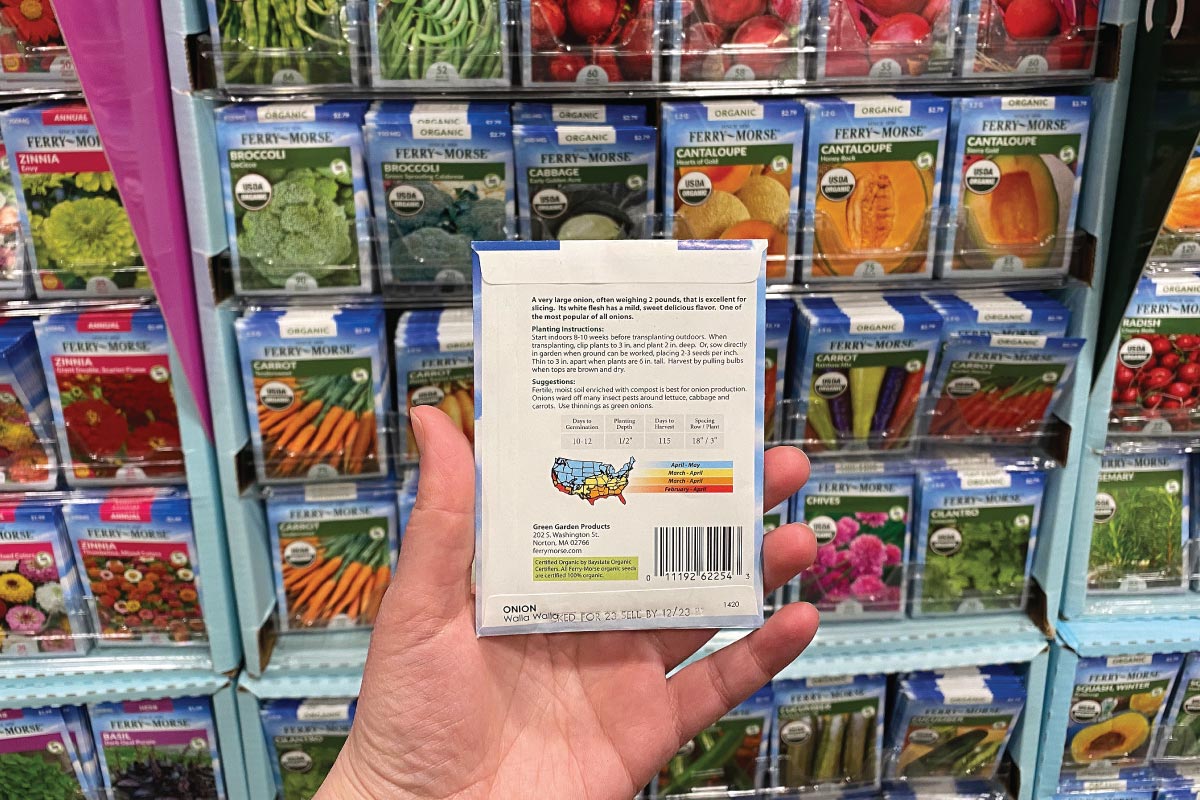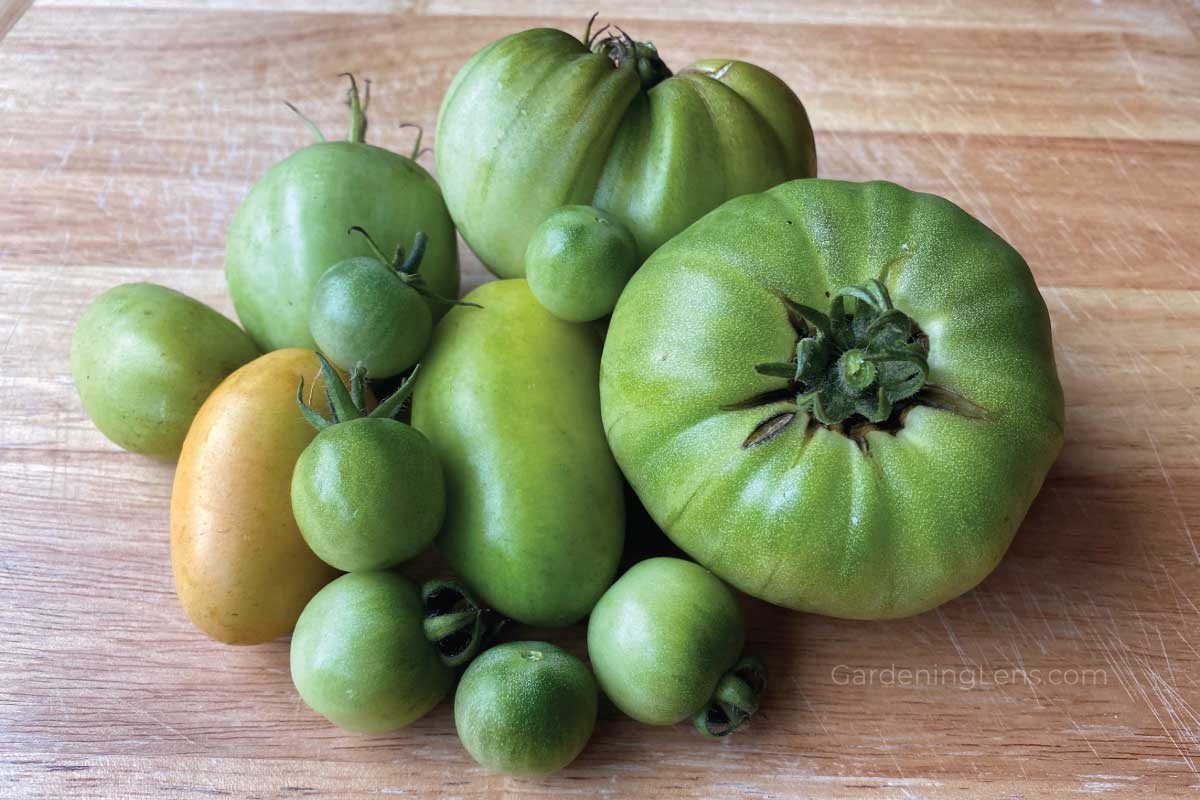Gardeners tend to accumulate a lot of seeds and things can slip through the cracks at seed starting time if we aren’t organized.
One of the best ways to organize and manage garden seed inventory is with a seed inventory spreadsheet.
Benefits of a Seed Inventory Spreadsheet
A seed inventory spreadsheet has many different benefits and can act as the following:
- Database – To keep track of what seeds you have in stock.
- Shopping List – To know what seeds you need to purchase.
- Log – To remember details like where and when your seeds were purchased.
- Garden Journal – To note your experiences growing each variety.
- Garden Planner – To aid in creating a planting schedule/calendar.
Additionally, spreadsheets are great because they can easily be updated as your seed stash changes, sorted alphabetically, and customized to your heart’s content.
Free Seed Inventory Spreadsheet Template
We’ve created a Seed Inventory Template with Google Sheets to share with you for free.
Enter your email below for a link to the spreadsheet.
Entering your email will add you to our email list. You may unsubscribe at any time.
How to Save a Copy of the Spreadsheet
The file is read-only. To save an editable copy of the spreadsheet in:
- Google Sheets – Click Make a copy in the File menu in the top-left corner of the spreadsheet.
- Excel (or another format) – Hover over Download in the File menu in the top-left corner of the spreadsheet and click to select which format you prefer.
The spreadsheet has two sheets. The TEMPLATE sheet is blank for you to fill in. The EXAMPLE sheet is filled in with sample data.

The columns in the spreadsheet include:
- Category – A broad category like Flower, Vegetable, Herb, Fruit, etc.
- Type – A more specific type like Sunflower, Cosmo, and Snapdragon in the Flower category.
- Variety – A specific variety like Autumn Beauty, Teddy Bear, Mammoth, and Sunspot in the Sunflower type.
- Source – Where the seeds were purchased or the brand.
- Quantity – How many seeds or packets you have in your stash.
- Buy? – A checkbox that you can check if you need to buy more of that variety of seed. Checking the box will turn the row red, making it easy to spot when you’re making a shopping list.
- Year – When you purchased the seeds or what year they were packed for (which is usually printed on the seed packet).
- Notes – Anything you want to remember including what to do the same or differently next time, how the plants performed, how the harvest tasted, what problems to watch out for, etc.

A spreadsheet is only as good as the data within it. You may choose to update it every time you buy or use seeds or you may choose to update it once a year or less.
To be as useful as possible, update your spreadsheet at least before purchasing new seeds so that you don’t end up with too many of one variety and not enough of another.
Conclusion
We hope you enjoyed this article and that the spreadsheet helps you get and keep your seed inventory organized.



